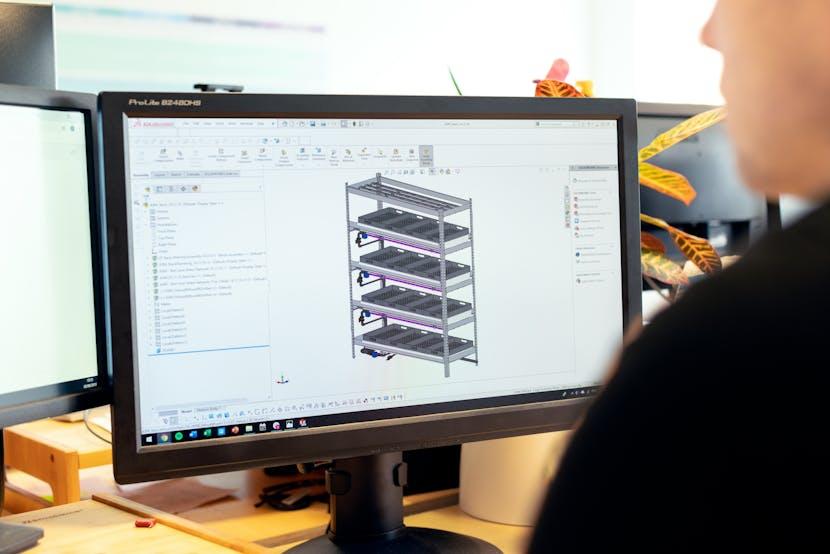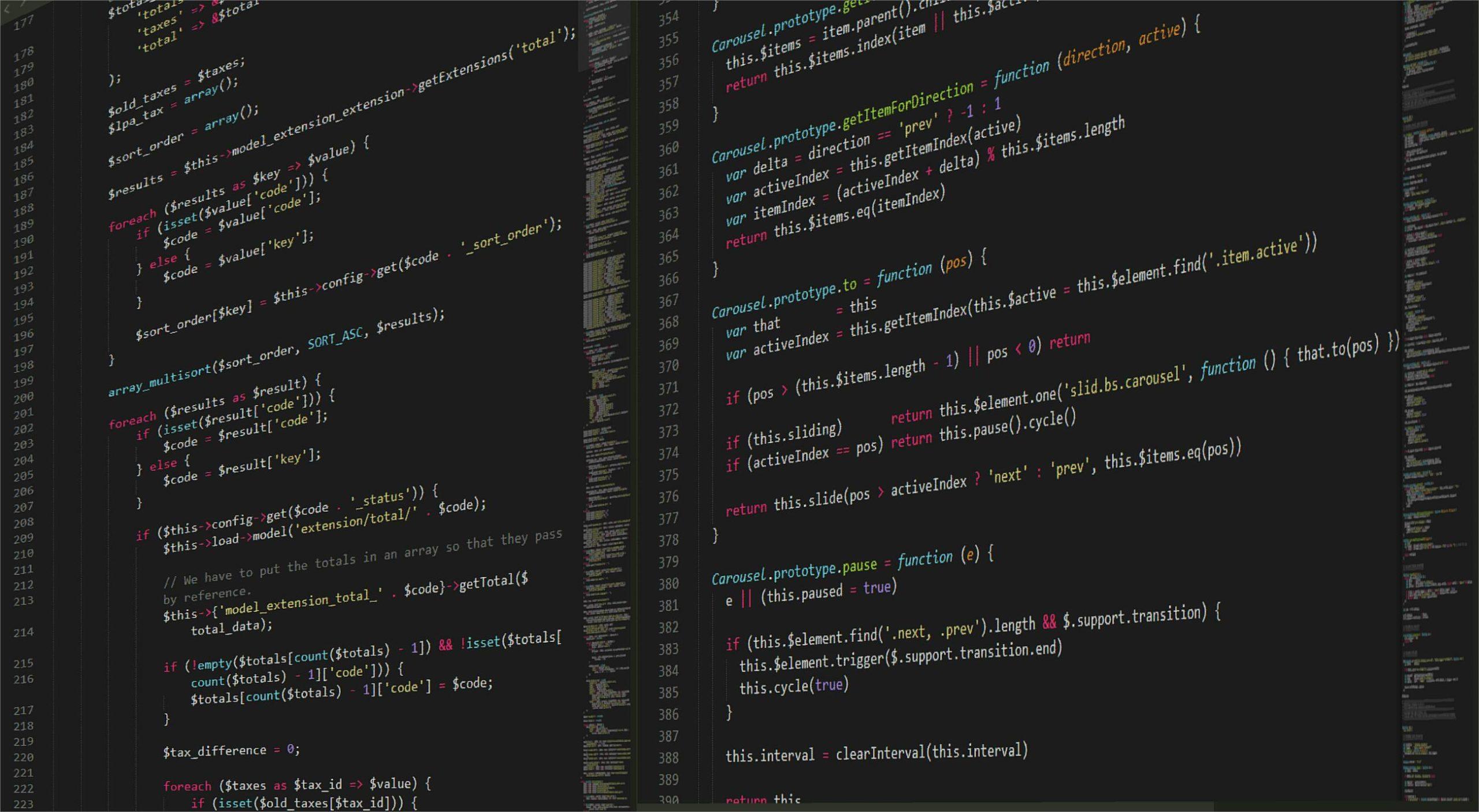Artificial Intelligence (AI) is revolving the way we create software. In the previous days, developing software was not a walk in the park. People would plan, write, test, and update codes frequently. However, AI is now transforming this culture. John McCarthy, a computer scientist from the 50s, coined “Artificial Intelligence” when he first thought about the concept. The developments that have taken place ever since then have steered how we develop software. Currently, AI makes it possible to know what software should do through testing and ensuring its availability to people for use.
Initially, AI was used to automate simple tasks within the software development lifecycle (SDLC). But as AI evolved, it became more integrated. Today, AI aids in everything from requirement analysis to automated testing and deployment. It can help understand complex requirements, write code, identify bugs, and suggest improvements. Now, AI is a big part of software development. It saves time and makes the process easier, leading to better software. Let’s see how AI software development trends are progressing.
AI in Software Development
AI, short for Artificial Intelligence, improves code efficiency, automates repetitive tasks and transforms testing, UX design and DevOps. AI has shifted from traditional coding practices to a more intelligent, automated, and efficient approach. Generative AI tools are significantly changing the world and the software development landscape.

OpenAI ChatGPT generates human-like text for various applications.
Historical Context of AI in Software Development
Artificial Intelligence began in the 1950s and influenced software development processes by the 1980s. The AI boom of the sixties was a period of significant progress and interest in AI development. The introduction of AI in the 1950s progressed alongside the beginning of the Atomic Age. Ever since, some computer scientists have tried to make machines smart like people.
AI Adoption Statistics
Streamlining software development using AI has led to the introduction of various tools and techniques that have improved its efficiency and effectiveness. Developers can utilize these tools to focus on more advanced and creative aspects of software engineering. Generative AI enables machines to create, understand, and execute data autonomously. The global AI market was worth $328.34 billion in 2020; by 2027, it is expected to reach $407 billion (Zippia). AI has been adopted by one-quarter of all business establishments, with 91.5% of the top businesses investing in furthering its development. AI is estimated to grow annually at 37.3% from 2023 through 2030. Half of US mobile users rely on AI voice assistants every day (Forbes).
A study using GitHub Copilot revealed that software developers were tasked with swiftly implementing an HTTP server in JavaScript.. With access to the AI pair programmer, the treatment group completed the task 55.8% faster than the control group.
Major AI Trends in Software Development
Automated Code Generation and the Future of Coding:
Automated code generation refers to full or partial lines of code generated by machines instead of human developers. This technology leverages advanced machine learning models, particularly large language models (LLMs), to understand and replicate human-generated code syntax, patterns, and paradigms. Tools like ChatGPT and GitHub Copilot are trained on natural language text and source code from publicly available sources, including diverse code examples. This training enables them to understand the nuances of various programming languages, coding styles, and common practices.
Enhancements in Testing and Quality Assurance with AI
AI in quality assurance is the process of machine learning (ML) and other AI technologies that automate and optimize the process of software development and delivery. When organizations integrate AI into Quality Assurance, they get a quicker, more precise, and more dependable software development lifecycle.
AI Integration into DevOps and Continuous Delivery
One of the most popular uses for AI in DevOps is continuous integration/continuous delivery or deployment (CI/CD). As such, it automates the process of building, testing, and deploying code so that any changes that can pass their appropriate tests can then be incorporated into the existing codebase and directly deployed to a production environment.
The Rise of an AI-First Vision Approach and Ethical Coding
An AI-first approach is when companies start focusing on developing and deploying artificial intelligence within their product or service offerings. This means writing functional, efficient code that respects user privacy while including everyone else who may have been left out and being fair to all users involved. It involves thinking about what harm one’s code might cause and making choices to reduce it while increasing positive results.
The Growth of No-Code/Low-Code Platforms
No-code/low-code platforms streamline the development procedure and decrease coding to a bare minimum. Gartner forecasts show that there will be nearly 20% growth in the no-code/low-code platform market by 2023. For instance, a low-code application platform (LCAP) is expected to make almost $10bn in revenue by then. In graphical software development surroundings like these, they provide professional and citizen developers with tools for quickly making applications.
Leading AI Tools for Developers
Below are some of the best AI tools currently available for use:
GitHub Copilot: GitHub Copilot is an artificial intelligence-based auto-fill program meant to help developers code faster and with more efficiency. It brings suggestions in real-time as well as autocompletion and code generation that is built on understanding the context of the code. When typing, GitHub Copilot can make contextual recommendations that allow programmers to write correct and speedy code by predicting future steps during the development process. Based on what an individual has already coded, it suggests appropriate completions like function definitions or variable names. Based on comments and descriptions given by a developer, Copilot can generate macro-like complete blocks of codes.
OpenAI ChatGPT: It is a LLM that generates human-like text. It can be used for drafting emails, writing code, answering questions, tutoring various subjects, translating languages, simulating characters for video games, and much more.
Amazon CodeWhisperer: Amazon CodeWhisperer is an AI-driven tool that enhances the process of developing applications specifically for the AWS cloud environment. It assists developers in writing AWS-specific code, optimizing performance, and ensuring best practices.
CodeWhisperer is deeply integrated with AWS services, providing context-aware suggestions and code snippets tailored to AWS cloud development. The tool suggests architecture patterns that align with AWS best practices, helping developers create scalable, secure, and optimized applications. CodeWhisperer can identify potential performance bottlenecks in your code and recommend optimizations to enhance the application.
Technical Challenges in Implementing AI Solutions
Implementing AI solutions comes with several technical challenges:
- Data Quality: Data is very important for AI systems. The efficiency of AI systems largely depends on the quality and pertinence of this data. Nonetheless, collecting big datasets can be a costly and time-consuming affair.
- Training Issues: Training AI models is a challenging task. Overfitting can occur due to excessive model training, resulting in the need to memorize the data rather than learn from it.
- Algorithmic Bias: If the data used on these systems while being trained is biased, then such biases may be exhibited by AI systems. Consequently, these may result in unfair or discriminatory consequences.
- Infrastructure and Integration: Grappling with outdated infrastructure and integrating AI solutions into existing structures can be problematic for many organizations.

Amazon CodeWhisperer: AI Tool for AWS Cloud Development
Limitations of Current AI Technologies in Understanding Complex Code
If you’re asking, “Will AI replace software engineers?” There’s good news. However, there are a few other limitations in the application of AI to software engineering, and it is unlikely AI will replace software engineering:
Complexity: Complex code, which depends on the knowledge needed for business requirements, user needs, and technical constraints, may be difficult for AI systems to handle.
Creativity and Problem-Solving: The development of software requires out-of-the-box thinking and creative problem-solving skills. Although AI can automate mundane tasks, it’s still far from being creative.
Adaptability and Learning: An AI system’s learning ability is restricted due to limitations in training data and knowledge base. Conversely, software development continuously changes, so developers must keep up with new technologies, tools, or methodologies.
Need for Human Oversight and Intervention: At the same time, there is always need for human oversight when it comes to artificial intelligence:
Quality Assurance: Humans are needed to ensure quality, reliability, and ethics in automated IT systems
Monitoring and Evaluation: During deployment, humans should continually monitor and evaluate this action within the ethical boundaries of these AI systems.
Intervention and Rectification: AI can’t intervene and rectify the system post-deployment when unforeseen circumstances or ethical concerns arise.
Conclusion
Undeniably, the relationship between software developers and AI is symbiotic. Artificial intelligence has helped improve software development in efficiency, accuracy, and speed. At the same time, human developers have contributed creativity, critical thinking, and ethical aspects, which AI currently lacks. This is the most exciting aspect of the future of software development. Developers and software development companies should also embrace the way ahead concerning AI developments. Incorporating AI tools and technologies can enhance software development while opening up new possibilities for innovation.




